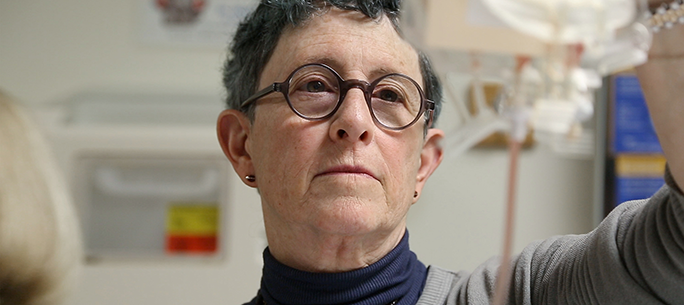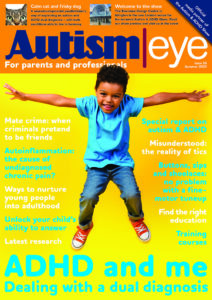Scientists say more than two-thirds of children with autism treated with stem cells from their own umbilical cord blood showed improvements.
The first-of-its-kind research saw 25 children treated with their own cord blood stem cells at Duke University, in Durham, North Carolina. Now a larger trial is underway.

Positive: Lead investigator Dr Joanne Kurtzberg is cautiously optimistic about the results and is working on a more in-depth study
The scientists believe the stem cells lead to improvements in autism by reducing inflammation in the brain.
They gave the children, aged between two and five, a single infusion of their own cord blood.
Just before the infusion the scientists gave the children behavioural and functional tests. Then they repeated the tests six and 12 months after the injection of cord blood.

Looking to the future: Dr Geraldine Dawson says the new research will help reveal the therapy’s true potential
Significant improvements
The scientists say parents saw “significant improvements” in their children.
These gains took place in the children’s behaviour and social and communication skills, as well as autism symptoms.
And tests carried out by the researchers themselves revealed significant improvements in the overall severity of autism symptoms, language and attention.
‘Cautiously optimistic’
Dr Joanne Kurtzberg is the study’s lead investigator. She said: “We are cautiously optimistic about these early findings.”
But Kurtzberg said researchers still need to do a lot of work, as the study was just a phase-one trial.
The study did not have a control group of children given a placebo, or inactive treatment, to measure the treated children against.
Also, parents and scientists knew that the researchers were treating the children and this can influence the results.
More research into stem cells
The scientists are now carrying out a double-blind, placebo-controlled trial to see if the results are accurate. They are using a control group of children, with neither the scientists nor the parents aware of which children are undergoing treatment.
Dr Geraldine Dawson is co-principal investigator and director of the Duke Center for Autism and Brain Development.
She said the new study will “better characterise the potential for this therapy”.
The phase-one trial was published in Stem Cells Translational Medicine.
Published: 1 May 2017















